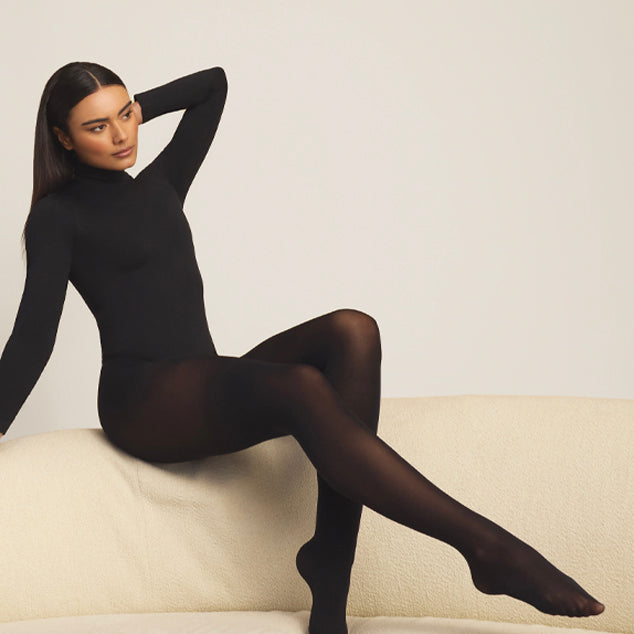The Body Debate
Is yours bikini ready, summer ready…Olympic ready?
Muscular. This seemingly innocuous adjective is heavily loaded. The body image conversation so sensitive that the possibility of negative interpretations (does it mean bulky, could it mean chunky — is muscular bad?) overshadows the factual definition of the word — ‘well-developed muscles’ — a surefire feature of an Olympian’s physique. Words, so open to misinterpretation, complicating the body discussion (see title).
In the summer, over 14 days, 11,551 athletes competed in 306 events across 28 sports — women (and men) at the top of their game, gathered for a display of physical excellence, mental strength and extreme determination so awe-inspiring that we were willing to wake up at 3am on a Sunday morning to watch 2 minutes of peak performance (Thank you Jessica Ennis-Hill).
In a society preoccupied with how our bodies look, two weeks refreshingly focused on the way we move. Two weeks to marvel at the culmination of months of training, physical dedication and mental determination. To wonder at the supreme body-mechanics that carried Laura Trott, Simone Biles, Naffisatou Thiam et al to personal bests, world records and olympic golds.
Impossible? Like a world possessed, the dialogue wended its way back to appearance. Scrutinising the assembled Olympic abs, arms, shoulders, thighs — 44% of which belonged to women (vs. approximately 99% of the scrutiny — yes, the press is not immune from reporting on the well-defined torso of a male swimmer or two). We can’t resist assessing the visual attributes of women in the spotlight. Superficial judgement on the female form is far too often at the forefront of media coverage* — along with other vital statistics including marital status, beauty regime and outfit. Deep.
Are critics of physique assessing the extent that Olympians measure up to a phantom physical ideal — ‘the perfect body’? Sounds logical. These bodies are trained to run, to jump, to throw, to row, to sail, to perform incredible feats of power, strength and endurance — the result of a gruelling training regime, honed to be the best in the world at their selected sport. And we still comment on the line of a thigh, the build of a shoulder.
At London 2012, artist Wendy Fox’s Olympic Project illustrated the line-up of gold-winning Olympic athletes alongside their height and weight statistics — 250+ diverse female bodies — neatly demonstrating the irrelevance of appearance on performance. Multiply that by 14 million 80 thousand for the full global collection. 3.52 billion variations of the female form built to move, to feel, to think. All too often as a society, we focus on the way bodies look at the expense of what they can do — an unhealthy tendency to separate form from function.
*A notable exception is male Ethiopian swimmer Robel Kiros Habte, body-shamed on twitter via the moniker ‘Robel the whale’ — catchy.







